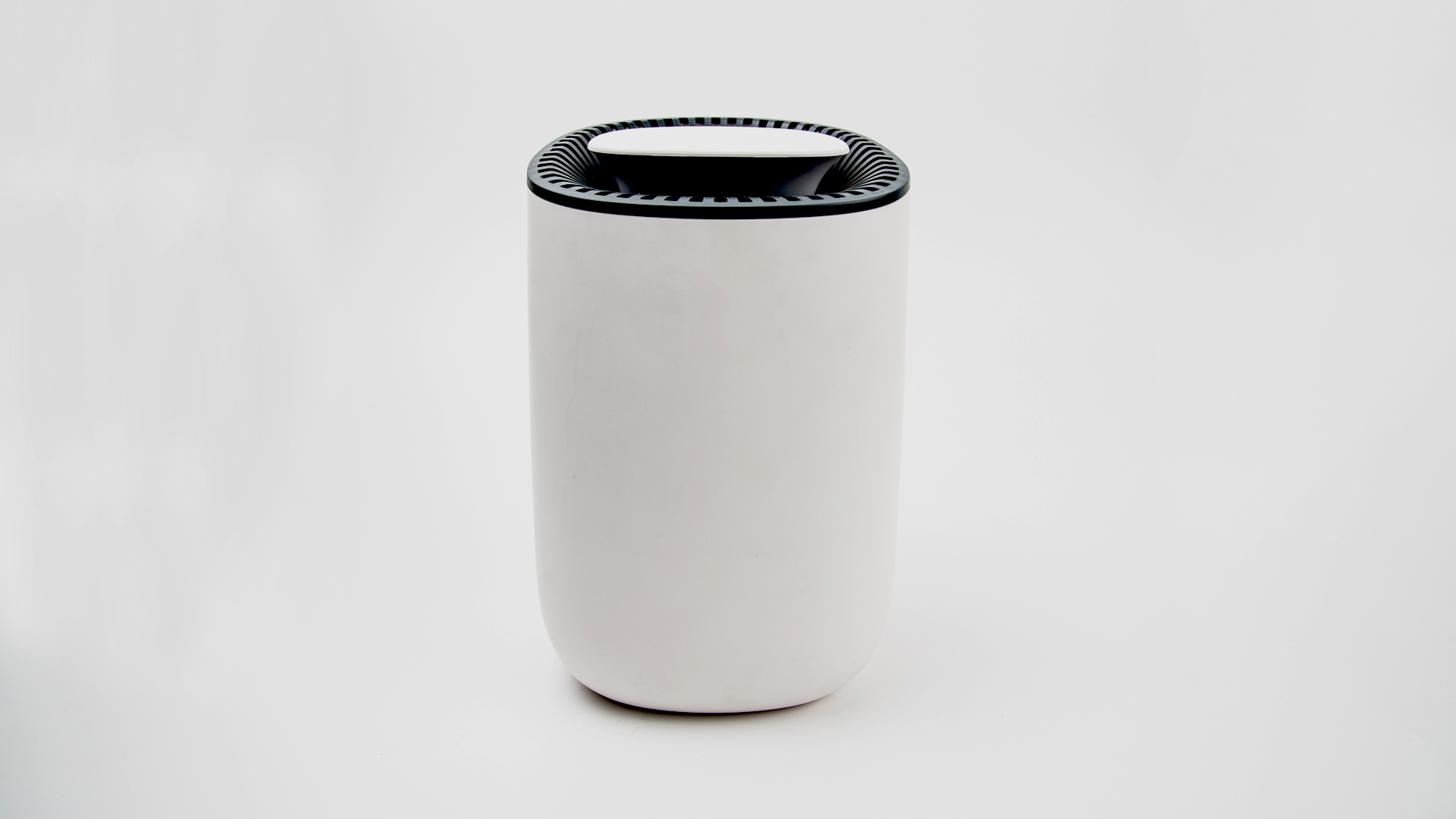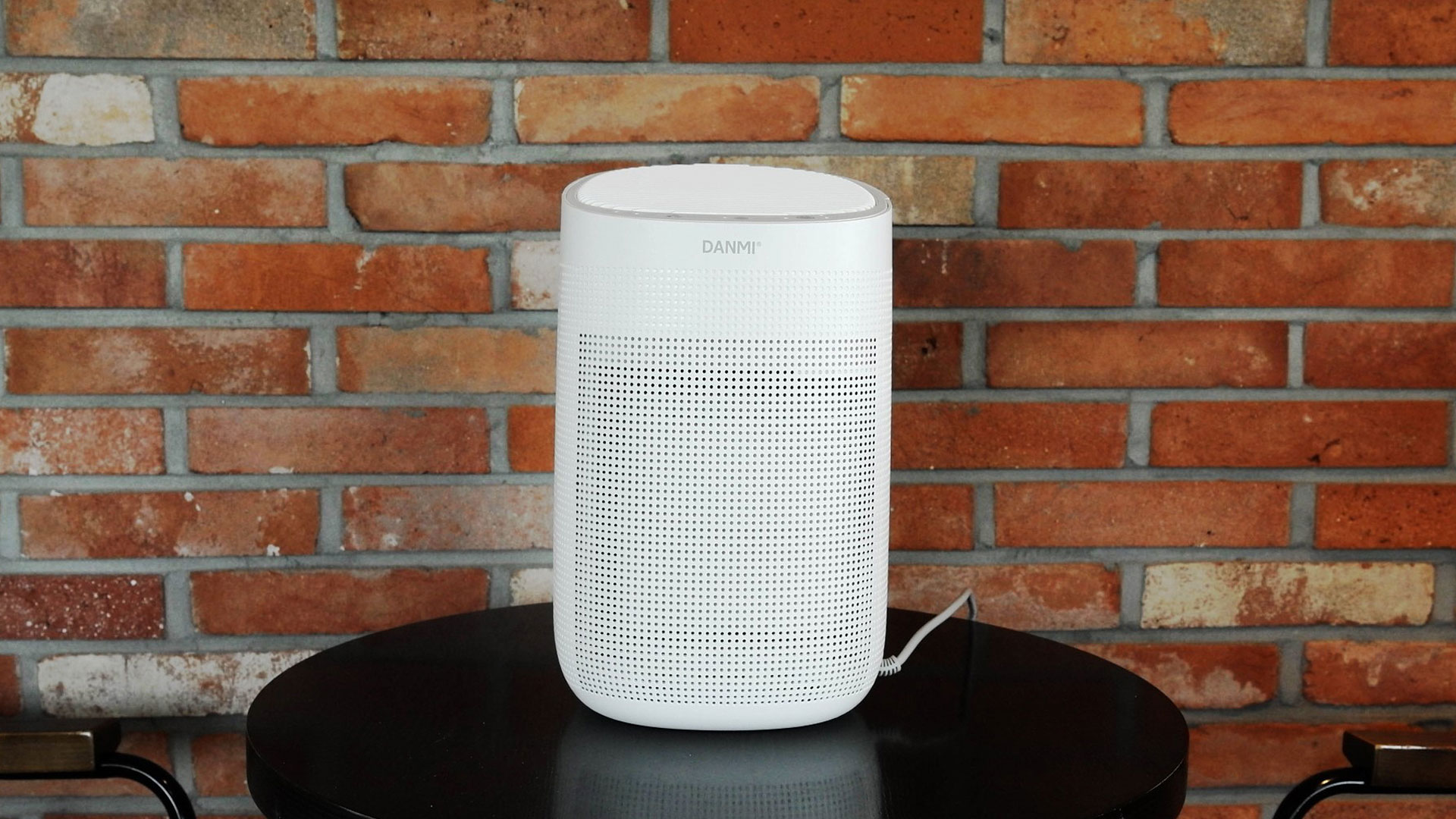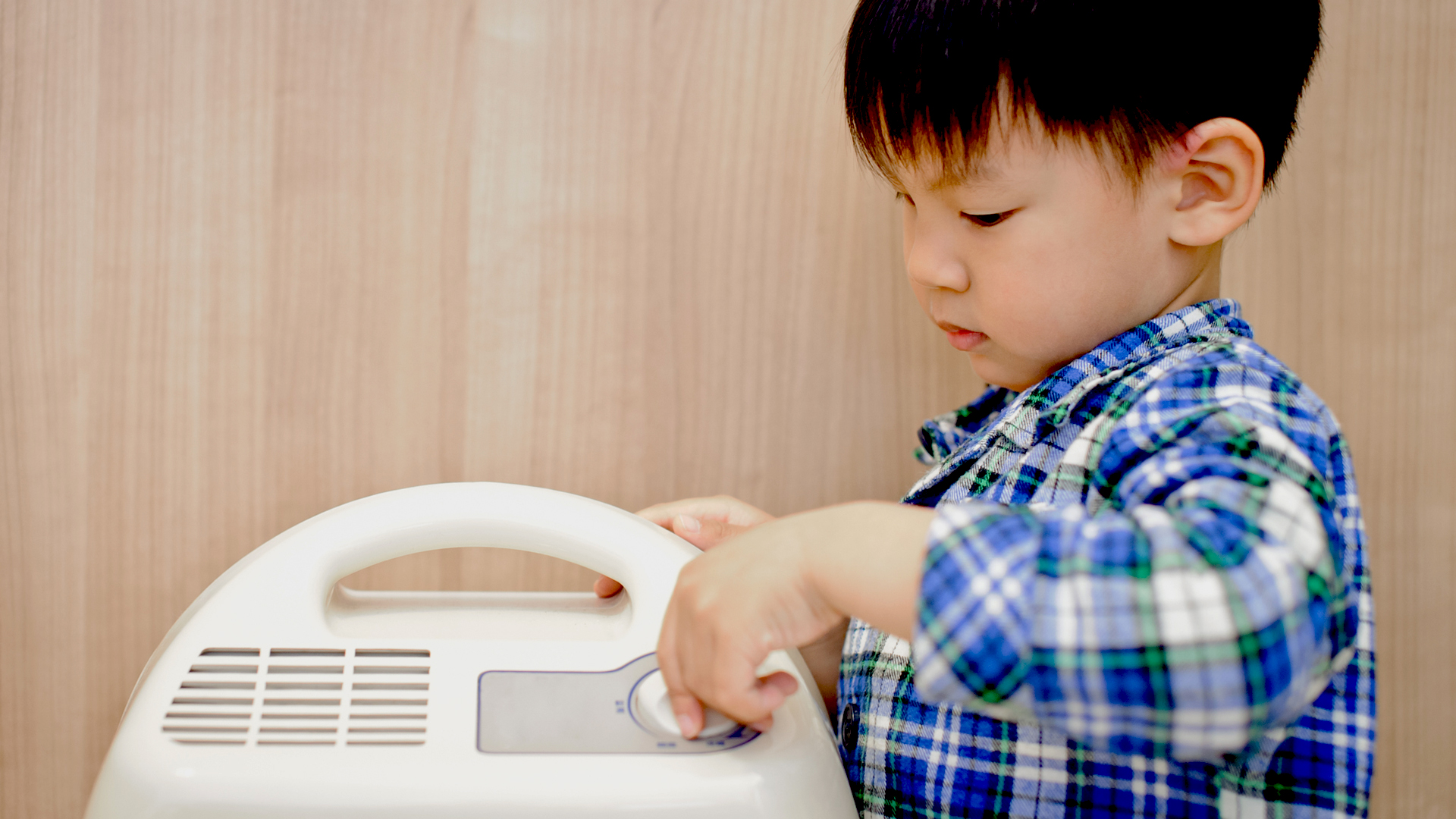How to clean a dehumidifier
Knowing how to clean a dehumidifier properly will keep your air fresh.

They can remove moisture from your home, but do you know how to clean a dehumidifier? By pulling moisture out of the air, these machines help limit the growth of mold, bacteria and dust mites in your home, according to the University of Rochester Medical Center. However, every so often, dehumidifiers will need a bit of maintenance to help keep them working efficiently. This means that knowing how to clean a dehumidifier properly is a necessity.
Dust mites live in the textiles in your home, living in items such as drapes, rugs, sheets and in the air. They thrive in high humidity and can make allergies and asthma worse according to the Mayo Clinic. As a result, many people have dehumidifiers to help keep these mites at bay.
Over time and across multiple uses, you may notice brown spots or what looks like slime inside your dehumidifier. This is made up of dirt and mold. Mold is a living organism that produces spores that float in the air and can land on surfaces and grow. A dirty dehumidifier can actually release mold spores into your home, which is the opposite of what you want it to do.
If you don’t regularly clean the best dehumidifier, it could also become less effective. It won't draw moisture from the air as efficiently and may need more energy to run, which can increase your electric bill. To avoid running into these issues, try to set a regular cleaning routine for your dehumidifier, starting with cleaning the filter.
- Related: Are dehumidifiers good for asthma?
How to clean a dehumidifier filter
Dehumidifier filters must be changed or cleaned on a regular basis. There's a lot of variation on how to clean different makes and models, so it's important to check the manufacturer’s instructions first. Some products will have permanent air filters, while others have disposable ones that should be changed once or twice a year, depending on the level of dust and other allergens it has collected.
Dehumidifier filters can become clogged or dirty, which can not only restrict the airflow to the device but also can harbor potentially harmful microorganisms, according to the University of Massachusetts Amherst.
• Related: Dehumidifiers on sale
If you have allergies or are immunocompromised, it’s a good idea to wear a mask and goggles while cleaning your dehumidifier. The cleaning process can kick up a lot of dust and dirt back into the air.
First, unplug your dehumidifier. Pull out the filter from the device and vacuum as much of the dirt and dust as you can. Then, carefully wash the filter in soap and water. Rinse and let the filter dry completely before reassembling and using your dehumidifier again.

How to clean a dehumidifier coil
Dehumidifiers work by drawing air from your home over cold coils; the cold air forms condensation, which drips into the catch bucket. The air is then passed over a warm coil and is circulated back into the room.
Give your dehumidifier lots of space away from walls, furniture and other items to allow the air to flow more easily and the device to work more effectively. Don’t use a dehumidifier in areas that are a source of dust and dirt, for example near woodworking equipment, or the coils can get clogged and not work properly, according to Energy Star.
When you’re cleaning your dehumidifier’s coils, first check your manufacturer’s instructions on how to do this. This is important as there are now a wide variety of dehumidifiers on the market and they are built differently.
Waiting too long to clean the coils can cause a blockage of dust, hair and other substances it pulls out of the air. This doesn’t allow the dehumidifier to run properly.
Turn off your dehumidifier a few hours before you plan to clean it to allow the coils to get to room temperature. Start by finding your dehumidifier’s coils at the back or inside. Gently vacuum off the top layer of dust and grime or scrape it off with your hand. Use a soft-bristled brush or cloth to clean the coils with a spray detergent or mixture of vinegar and water. Rinse off any residue. Make sure you let the coils completely dry before using your dehumidifier again.
You may want to use a flashlight to have a good look inside your dehumidifier. Check for any remaining moldy spots to scrub out. Wipe down the exterior of the device with a cloth, warm water and soap.

How to clean a dehumidifier bucket
The majority of dehumidifiers have a removable plastic bucket, called a catch basin, that fills with the water that has been pulled from the air. There are typically warning lights and an automatic shut-off to let you know when the bucket is full. It’s important to regularly empty the catch basin, as the standing water inside can grow bacteria and mold, according to information from the University of Massachusetts Amherst.
Regularly cleaning the dehumidifier bucket with bleach will ensure all signs of mold are destroyed, says the University of Rochester Medical Center. If you don't like to use bleach in your home, a safer option is using soap and water, or white vinegar and water. Let the catch basin soak or scrub it with a brush if there’s lots of leftover grime. If there is some mold build-up in the catch basin, let those areas soak in white vinegar.
If you don’t want to manually empty the catch basin, you could connect a hose to it and allow it to empty into a floor drain, or use a pump to empty the water outside your home. If you’re using a hose to drain the bucket, you should clean this at the same time by submerging it in warm soapy water or a mixture of vinegar and water. Make sure to rinse it well.
If you find that you’re not using your dehumidifier regularly, you should ideally empty the catch basin after each use, even if it’s not full. Leaving water standing for long in the unit will create more of an environment for bacteria and mold to grow in. For more information on air quality, take a look at our feature on what is the Air Quality Index?.
Sign up for the Live Science daily newsletter now
Get the world’s most fascinating discoveries delivered straight to your inbox.
Lindsay Lafreniere is a freelance writer, editor and podcast producer. Lindsay has more than eight years’ experience working in communications, journalism and media relations, including in corporate, non-profit, government, hospital and university environments. Lindsay has worked for various media including broadcasting at the CBC, and in documentary production and magazine publishing at the Walrus, and has also held positions in academic and government communications and corporate online marketing. Lindsay received a bachelor’s degree in Psychology and English from Victoria University in Canada and a Graduate Diploma in Journalism from Concordia University.











